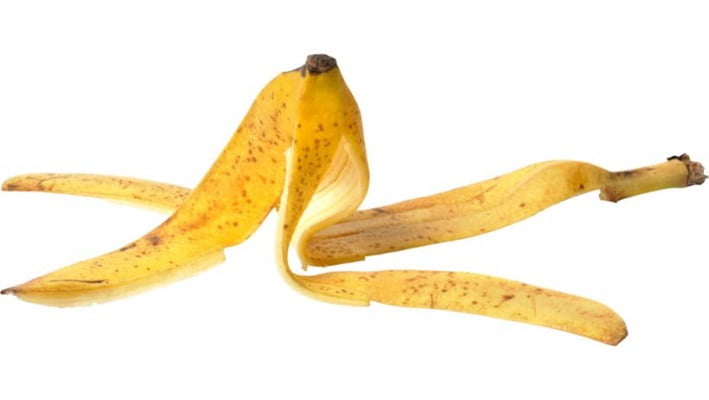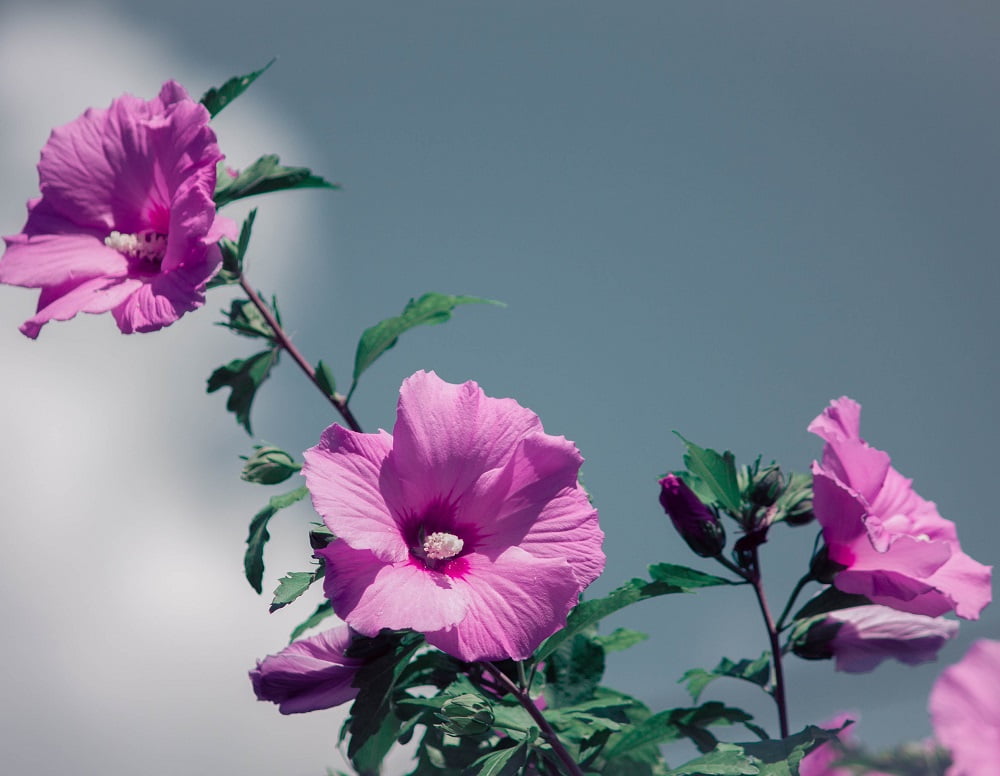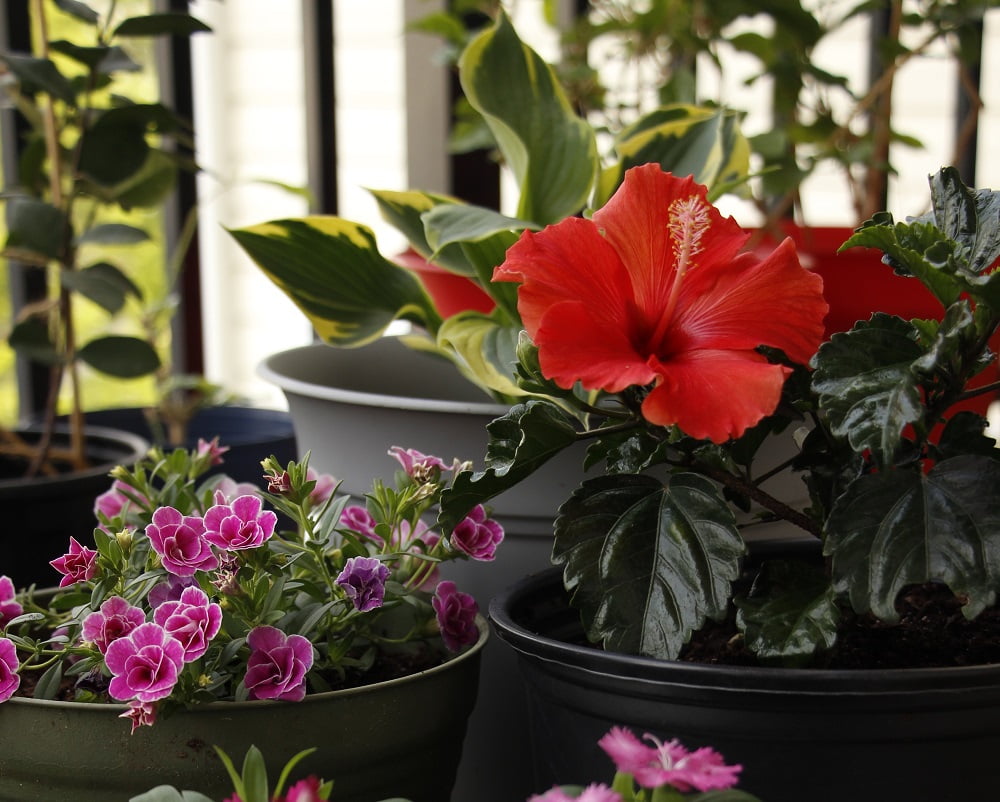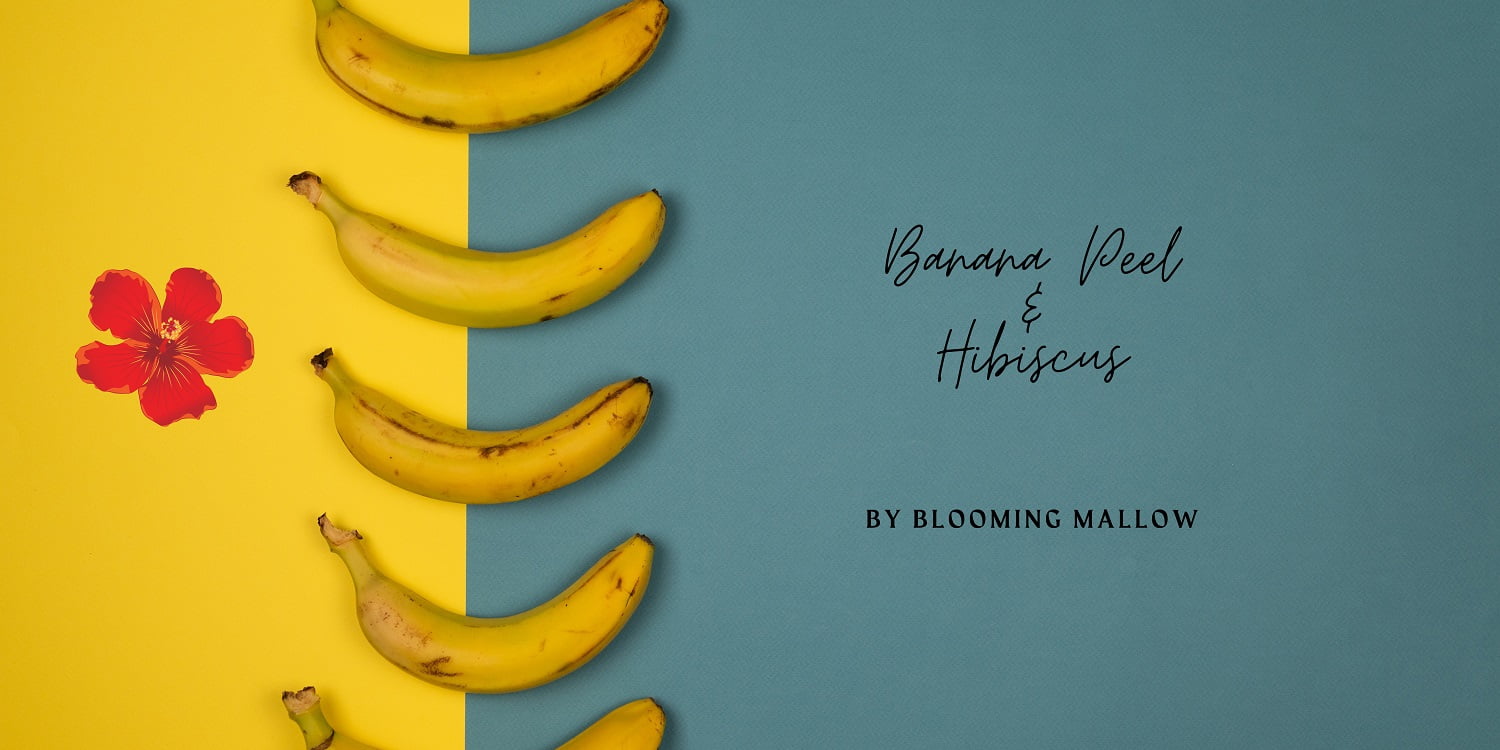
Bananas are delicious, whether eaten whole or baked into a cake or a dessert, they are always a treat. Even kids appreciate them, which is why many toddlers are often fed mashed bananas. But what many people don’t realize is that not only the banana, but also its peels have unbelievable nutrients.
To name a few, a banana peel contains Potassium, Magnesium, Calcium, Sodium, Phosphorus and Salicylic acid, all in their natural form making it an ideal source of nutrition for hibiscus plant.
However, as you may have observed yourself, there is a strong debate among gardeners as to whether banana peels should really be used as compost. After all, banana is not a native fruit, as it originated in the tropical regions of Asia.
So, in this article we will discuss the benefits of using banana peels on hibiscus, as well as describe the ways to use them and explain their effects on the overall growth of the plant.
Banana Peel And Its Effect On Soil
Bananas, which earned the name Adam’s fig back in the medieval era, is now known to exist in more than 1,000 different varieties. Most of these are native to tropical and subtropical regions of Asia and the western Pacific.
But their popularity is not limited to these regions alone. A typical American consumes around 27 pounds of bananas every year. Subsequently, the same amount of banana peels ends up in the garbage can. But much of this waste can be utilized as plant fertilizer rather than suffering such an unfortunate fate.

Dried banana peels are packed with nutrients that are ideal for growing potassium-loving plants. And when you regularly add banana peels to the soil, you’re not only improving the soil, you’re also recycling waste that would otherwise end up in garbage cans – all without spending a dime!
Owing to the high potassium content, banana peels are particularly well-suited for fertilizing hibiscus. They actually help hibiscus bloom more, be healthier, and survive harsh weather with ease.
And since nitrogen content is quite low compared to potassium, the soil can be fertilized with it all year round without the risk of nitrate leaching.
In addition, banana peels are an excellent resource to strengthen the growth, improve moisture content and increase the immunity of soil against pests.
Nutrition Content In Banana Peels
| Macronutrients | Concentration (grams/100grams) |
|---|---|
| Potassium | 10.39 |
| Magnesium | 0.7 |
| Calcium | 0.42 |
| Sodium | 0.18 |
| Phosphorous | 0.09 |
| Micronutrients | Concentration (miligrams/Kg) |
|---|---|
| Iron | 98.5 |
| Copper | 3.53 |
| Zinc | 28.9 |
| Manganese | 30.1 |
Note- These are the average values and may slightly fluctuate depending on the ripeness of banana.
Are Banana Peels Good For Hibiscus?
If we look at the composition of high-quality organic or inorganic fertilizers typically suitable for Hibiscus, it becomes obvious as to why banana peels are so widely preferred as an organic source of fertilizer. Majority of the specialized fertilizers for Hibiscus have N-P-K ratios of Medium – Low – High or Medium – Medium – High, with added micronutrients such as iron and magnesium.
So, while Nitrogen (N) and Phosphorus (P) are responsible for the overall growth, Potassium (K) is responsible for stiffness and blooms. As a result, Hibiscus is able to absorb water from the soil with much ease without losing its moisture when exposed to sun.
In addition, an adequate supply of Potassium lowers the freezing point in the cell sap which also allows the plant to withstand vagaries of the weather.

And since banana peels are primarily rich in these minerals, it’s no surprise that they thus make an excellent fertilizer for Hibiscus.
Not only that, but whiteflies and aphids find it quite difficult to penetrate the cell membranes if Hibiscus soil has been previously treated with compost of banana peels. And the best part is, it is completely organic which is why the risk of overfertilization is almost none.
Can I Use Any Banana Peel To Make Fertilizer?
Bananas are usually grown in monoculture systems with the use of pesticides. After harvesting, the fruits are additionally treated with fungicides to prevent them from getting any molds while getting transported from tropical areas to the rest of the world.
These pesticides and fungicides that are used are not just bad for the growers but also to consumers. Most of the time, residues of these products are often found in the peels, which is why it is not recommended to eat the peels in the first place.
To add to it, these pesticides and fungicides cannot be broken down by the soil as well and therefore remain in the ground for a very long time. This is the only reason as to why commercial banana peels are not advised to be used as fertilizers.
In case you do not know if the banana peels have been treated with chemicals, you can still use them as Hibiscus fertilizer, but make sure that you do not use the treated soil for growing any other fruits or vegetables.
Personally, I prefer organic bananas sourced from local organic shops in the vicinity. This is the only way I believe we can keep our soil completely chemical free.
Advantages Of Using Banana Peels On Hibiscus
All-in-one fertilizers, which are often used by newbie gardeners on hibiscus, indeed feed the plant with important nutrients, but often contain animal ingredients such as bonemeal or slaughterhouse wastes.
Which is why, more and more plant lovers are turning to vegan fertilizers like banana peels. They are entirely organic as well as natural, and so are free of any meat compounds.
Moreover, if you want to be economical while following your passion of gardening, it is best to go organic by making this vegan fertilizer at home.

Maintaining a balanced supply of nutrients plays an important role in hibiscus care. As such, banana peels play a valuable part in ensuring that Hibiscus blooms to its fullest and showcases all the signs of good health.
And while this organic compound may not cover all the nutrient requirements, but it still provides indispensable potassium, phosphate and magnesium required for overall vitality.
How To Make Banana Peel Fertilizer For Hibiscus?
It is not recommended to just throw away banana peels into the Hibiscus soil. In order to provide the plant with all the nutrients, the peels must be prepared so that they can act as natural fertilizer. Post which, they can be mixed directly into the soil or used as a liquid fertilizer.
The first method is well suited for hibiscus plants grown in the garden, while fertilizing with liquid banana peels is more suitable for pots. Follow the instructions below to prepare banana peel fertilizer:
For Hibiscus grown in gardens or lawns:
- Slice or chop the banana peels into small pieces
- Make a smooth puree using food processor
- Spread the thick liquid on a tray and allow it to dry in a warm ventilated place (preferably balcony with sunlight)
- Avoid any contact with moisture as this will form molds
- Once the peels are completely dry and look like a fine powder, spread evenly on the soil around the roots
- Around 100 grams of banana peel fertilizer is recommended per plant
For Hibiscus grown in pots:
- Chop banana peels and blend them in a food processor
- Remove it in a container
- Pour boiling hot water to the mixture (1 liter on every 100 grams of banana peel)
- Allow the mixture to sit overnight
- Strain the solution through a sieve
- This concentrated liquid should now be diluted in water (1 part liquid fertilizer with 5 parts water)
- Pour about 100 ml on each pot
Advice: In order to ensure that banana peels decompose quickly, it is advised to blend them in a food processor.
For best results, blend freshly bought banana peels that have been coarsely chopped beforehand, as they often become very fibrous when dried.
Allow the blended puree of banana peels to dry in full sun and do not store them in a closed container.
Personally, I prefer using banana peels as liquid fertilizer.
Why?
Because with this method I get the best of both worlds: First, it is very easy to make and use, and, unlike the dried banana peel fertilizer, the liquid fertilizer does not affect the overall look of the soil (aesthetically).
Second, the cooked pieces quickly turn into compost and provide nutrients much faster than the traditional method. And this way we can utilize as many minerals from the peels as possible.
How Often Should I Add Banana Peel In My Hibiscus Plant?
Banana peels in the form of liquid fertilizer can be added once a month, as it is easily absorbed by the soil. In case of banana peel fertilizer in powdered form, you should wait at least 3 months until the soil has fully absorbed all of the nutrients from the existing fertilizer. However, depending on the number of blooms, you can increase this frequency (flowers consume more potassium).
Do note, however, that any excess of potassium fertilizer should be balanced by adequate amounts of magnesium. Which is why we encourage gardeners to prepare an ideal mix that includes all the vital nutrients and minerals required for the overall growth and development of Hibiscus.
Things To Know Before Adding Banana Peel On Hibiscus
Not all banana peels are the same. About 94 percent of the bananas available in US market come from Guatemala, Ecuador, Costa Rica, Colombia and Honduras.
In these countries, bananas are mostly grown conventionally. Which means that they are treated with large amounts of pesticides and fungicides to prevent any kind of pest or fungus attack. When such peels are used in the garden, it can happen very quickly that these toxins get distributed in the soil.
Not only that, these treated banana peels decompose even more poorly, and remain in the soil for many years. In many cases, these toxic chemicals enter the human body through one way or the other. This is why only organically grown bananas should be used. In fact, they are usually priced the same as the regular ones.
Also note that banana peel fertilizer decays very slowly. And if your hibiscus is in serious need of nutrients, adding banana peels alone may not be enough.
Moreover, banana peels contain only small amounts of nitrogen, so additional nitrate-containing organic or inorganic substitutes should be added to the soil to ensure dense growth.
Bottom Line
There are endless uses for banana peels, including that they make great fertilizer for hibiscus. So, if you want to do your part in organic gardening – Save those peels! Because now you know that the benefits of bananas go far beyond the fruit inside.
And next time you’re at the grocery store, fill your cart with organic bananas! Not only are they good for you, but they are good for your plant as well!
Do note however, banana peels can be used to fertilize Hibiscus, but they are not a complete fertilizer. Your hibiscus needs many other micro and macro nutrients other than those contained in these peels. Remember, there is no such thing as an all-in-one fertilizer: Depending on the soil and environment, each hibiscus has specific needs.
So, there you have it, all the essential information regarding banana peel fertilizer and its effect on Hibiscus. Hope you enjoyed reading. Happy gardening!




